Article
Prague From the Inside
Author(s):
History abounds in Prague, from the famous church St. Vitus to the even more famous Old Town Clock to the lonely grave of the freedom fighter buried near Loretto Chapel.
Clichés in travel writing include purple prose descriptions of romantic beaches and naïve remarks that ancient destinations offer studies in contrasts. Yet it’s hard not to fall into that latter trap with the 1,000-year-old city of Prague. Prague Castle, for example, dominates the skyline from its perch on a hill. You can barely get across the Charles Bridge below for the throngs pointing their cameras up to it.
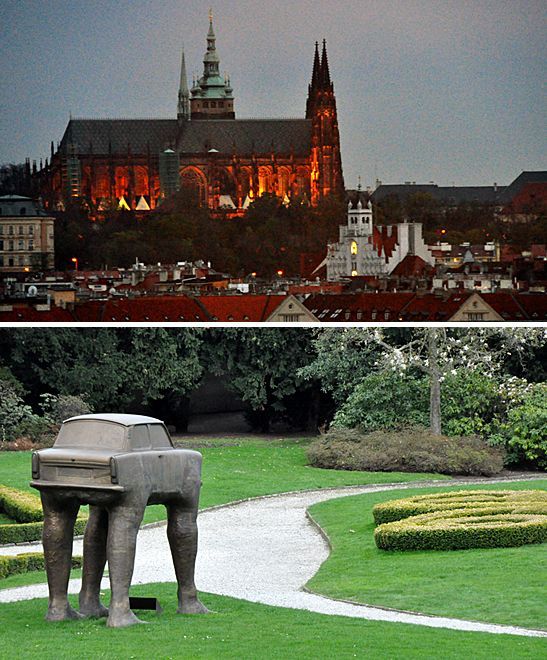
There are no crowds now around the German Embassy. Yet, when communism started to falter many attempting to flee the country climbed the embassy fence, leaving their Trabant cars littering the streets around the building (with keys left in the locks because in no way were they coming back). Who would have thought German protocol would have a sense of humor; but today a Trabant memorial to that event can be found secreted in the embassy back garden.

In a similar collision with history, the Loretto rises up on the approach to the castle. It is full of emphasis on history with its replica of “the cottage of Joseph and the Virgin Mary,” and its patron saint memorials to such improbable people as dentists and unhappily married women.
Yet under the Charles Bridge (one of our favorite spots in Prague) stands a more recent reality: a tribute to the firefighters in New York City who lost their lives on 9/11.
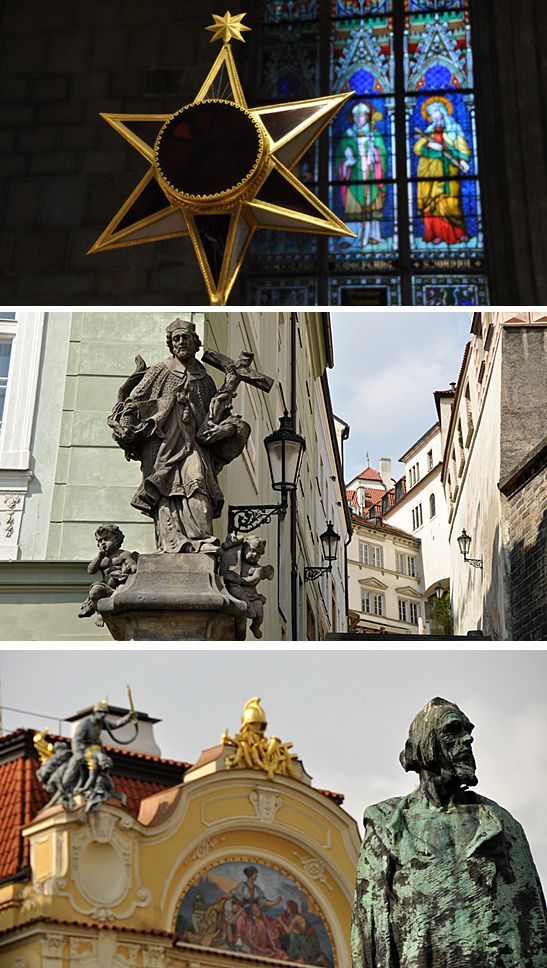
And as medieval churches demonstrate their ostentatious wealth, so visitors to Prague discover the other intolerant side of religion: the Statue of St. Nepmok, who was killed, apparently, because he would not reveal the secrets of the queen’s confession to the king. His throat was slashed and he was thrown from the Charles Bridge to drown — and, oddly enough, he became the patron saint of swimmers.
And in Old Town Square stands the statue of Jan Hus, the preacher and college professor who opposed the Catholic Church a century before Martin Luther protested the sale of “indulgences,” and was burned at the stake for his views.
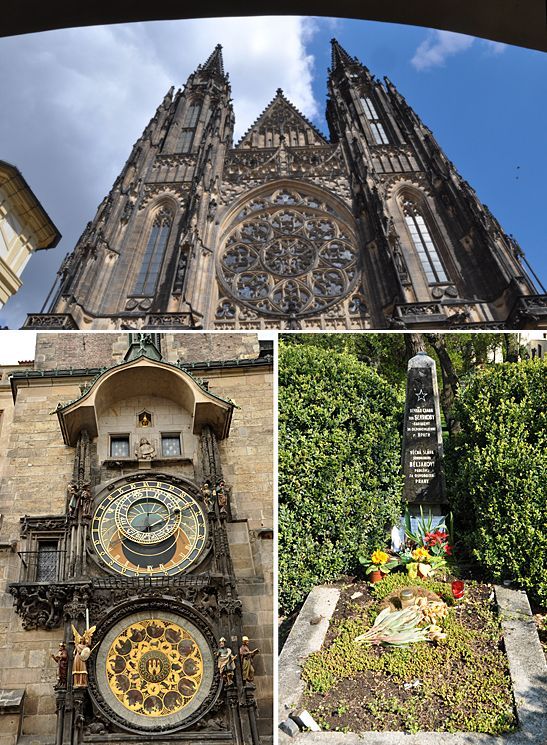
History abounds in Prague. From the famous church St. Vitus to the even more famous Old Town Clock, with all its artistic symbolism, to the lonely grave of the fighter for freedom who asked to be buried near the Loretto Chapel so he could hear its bells peal the hours of his eternity.
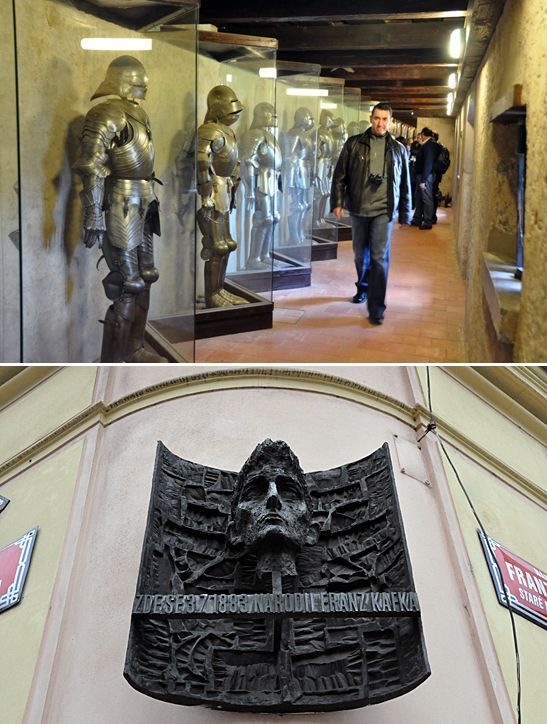
In contrasts that Franz Kafka might have enjoyed, or at least written about, one of the homes beside where he lived briefly at no. 22 Golden Lane now houses a somewhat terrifying museum of armor. A plaque to Kafka hangs on a wall visitors pass on their way to the Jewish Quarter.
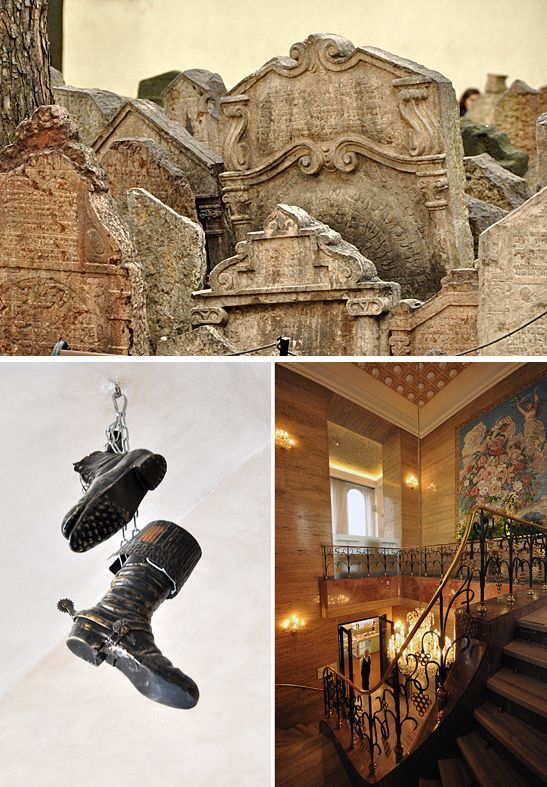
Visitors who, by chance, come to visit this part of the city on a Saturday, the Jewish Sabbath, will find their only view of the historical Jewish Cemetery is through a closed gate that prevents their understanding of how badly Jewish people were treated in Prague as was common though much of European history.
In a separate appreciation of medieval life the visitor in Prague who looks up sees cool examples of Middle Ages advertising, such as the sign for the cobbler.
Guests who choose the Crowne Plaza Hotel in the northwest part of Prague for its history rather than its location find a hotel with marvelous breakfasts, comfortable rooms and proximity to public transportation. And a rather typical communist building exterior but a stunning interior. The hotel was built as a tribute to Stalin —
the staircase was created with the same number of steps as the number of generals in the Czech army so that, if Stalin came to visit, a general could stand on every step to welcome him.
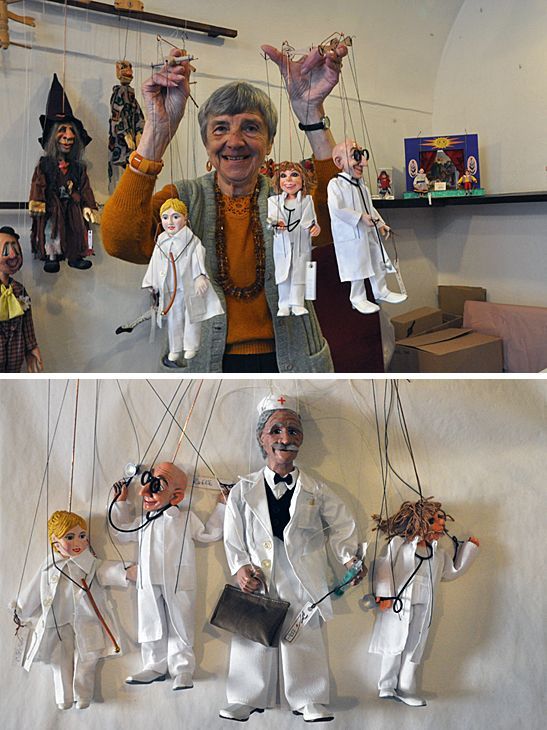
Travel is not just history. It’s fun too. It is when health visitors walk past the store near the castle and see something in the window to make them smile: Replicas of that guy who once took out your appendix. Walking in Prague is sometimes a smile a mile.
The Andersons, who live in San Diego, are the resident travel & cruise columnists for Physician's Money Digest. Nancy is a former nursing educator, Eric a retired MD. The one-time president of the NH Academy of Family Practice, Eric is the only physician in the Society of American Travel Writers. He has also written five books, the last called The Man Who Cried Orange: Stories from a Doctor's Life.
Photography by the authors




